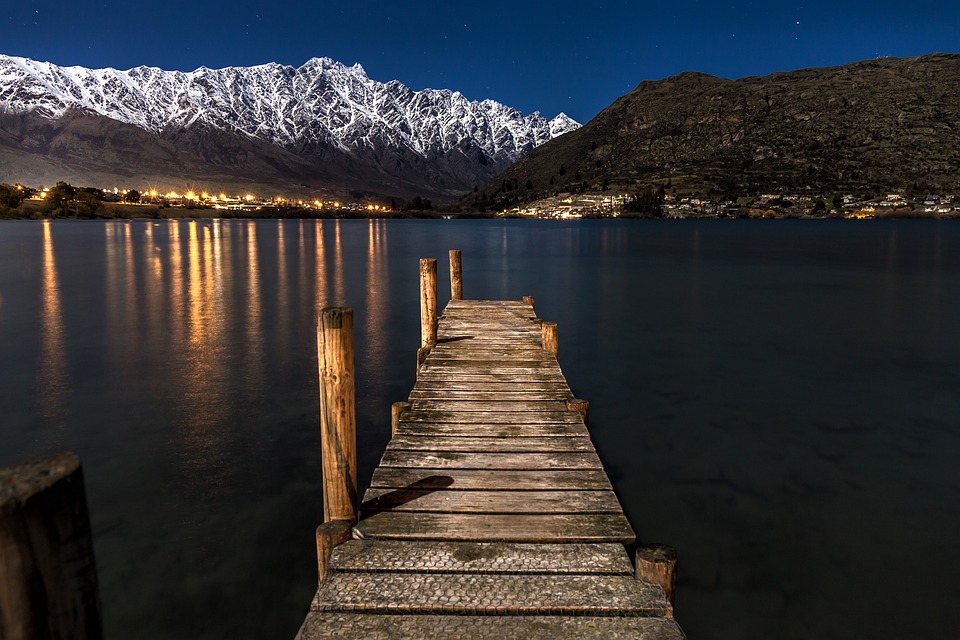The last century, scientists confirmed the alarming reality of significant depletion in the ozone layer – an invisible gas shield that surrounds the earth and protects it from the UV rays of the sun.
The collection of substances depleting ozone included CFC, or chlorofluorocarbons, which in the mid -1980s were commonly found in everyday products such as air conditioners, refrigerators and aerosol cans.
Science has led to global action. Realizing that harmful UV radiation led into the atmosphere through what was potentially a damaged ozone layer, the countries were committed under the Vienna Convention in 1985, to do what was necessary for the protection of the people and the planet.
“” The Vienna Convention and its Montreal Protocol have become a benchmark for multilateral success“Said the UN secretary general António Guterres in a message for World Ozone Day this year.
“Today, the ozone layer heals,” he said.
What is the Vienna Convention?
Forty years ago, the countries met to take the first step in protecting the ozone layer, “guided by science, united in action,” continued the UN chief.
THE Vienna Convention For the protection of the ozone layer, adopted and signed by 28 countries on March 22, 1985, formalizes universal cooperation on the protection of the fragile layer of ozone.
It is the first treaty to be signed by all countries of the world and the precursor of the Montreal Protocol.
The objective of the Montreal Protocol is to monitor the world’s production and consumption of substances that exhaust the ozone layer – and ultimately eliminate them.
Multilateralism at its best
In a video messageInger Andersen, Executive Director of the United Nations Environment Program (Dive), stressed that through action under conventions, “exhausting ozone substances have now been practically eradicated and the hole in the ozone layer is closed.”
After scientists sounded the alarm, countries, nations and businesses met and took measures for the planet.
” It is multilateralism to its very, better“, She added.
The Montreal Protocol progresses well in developed and developing countries with most elimination hours – the time given for each country to gradually stop the production of harmful substances – adhered or even exceeded.
“” This achievement reminds us that when the nations take into account the warnings of science, progress is possible“Said Mr. Guterres.
Following online, the Kigali amendment
In his message, Mr. Guterres urged governments to ratify and implement the Kigali amendment to the Montreal Protocol, which undertakes to reduce or reduce hydrofluorocarbons (HFC), greenhouse gases used mainly in cooling technologies.
“The implementation of the Kigali amendment could avoid up to 0.5 degrees Celsius of warming by the end of the century,” he said. “Combined with energy -efficient cooling, we could double these gains. »»
As indicated in the Paris AgreementCountries have agreed to try to limit the increase in global temperature to 1.5 degrees Celsius.
“On this World Ozone Day, recommend preserving our ozone layer and protecting people and the planet for future generations,” said the UN chief.
Originally published at Almouwatin.com








